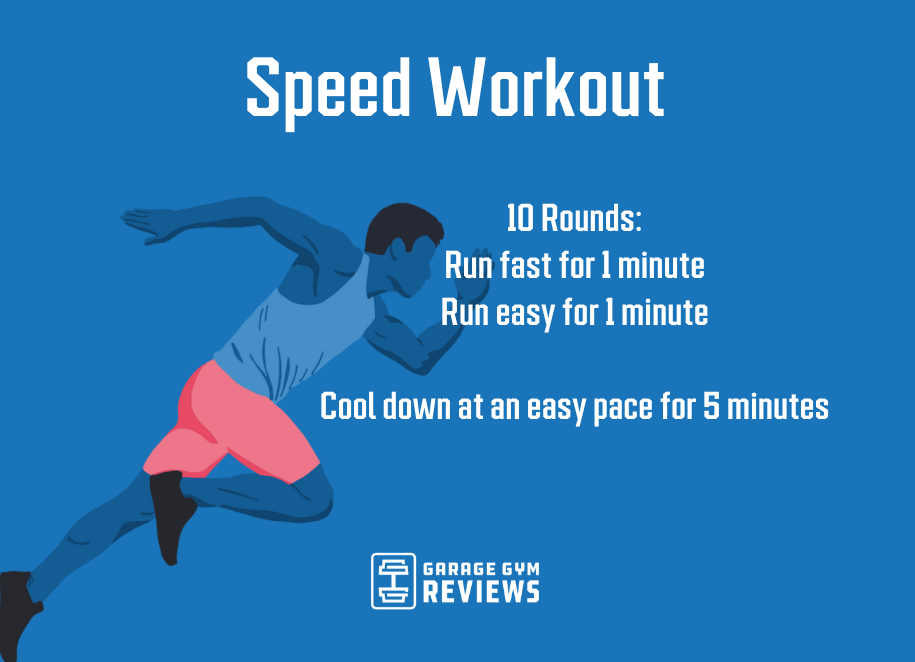Turbocharge Your Runs: Open Your Potential with Strategic Running Workouts
Turbocharge Your Runs: Open Your Potential with Strategic Running Workouts
Blog Article
The Ultimate Overview to Managing Discomfort When Running
Whether you are a skilled marathoner or just beginning your running trip, understanding the numerous types of pain that can develop and the methods to address them is critical. From pre-run workout regimens to appropriate footwear option, there are various elements to think about when it comes to dealing with discomfort while running.

Understanding Various Kinds Of Running Pain
When running, it is important to distinguish in between different sorts of discomfort to stop injuries and optimize performance (Read More). One usual sort of discomfort that joggers may experience is muscular tissue pain, which usually arises from the tension put on muscle mass during workout. This type of discomfort is typically a typical component of the running process and can be taken care of with proper workout, cool-down, and extending regimens
One more kind of pain to be knowledgeable about is joint discomfort. Joint pain can indicate problems such as overuse, inappropriate kind, or underlying conditions like arthritis. Neglecting joint pain can bring about much more extreme injuries, so it is important to address any type of pain promptly and possibly seek specialist recommendations.
Additionally, sharp or stabbing discomforts need to not be ignored. These sorts of pain can signify intense injuries such as strains, strains, or stress fractures - running strategy. Proceeding to go through these types of pain can aggravate the injury and extend recuperation time

Pre-Run Warm-Up and Stretching Regular
To prepare the body for a running session, executing an efficient pre-run workout and extending regular is crucial. A proper warm-up assists enhance blood circulation to the muscles, improves adaptability, and reduces the threat of injury during the run. By incorporating a consistent pre-run warm-up and stretching routine into your running routine, you can enhance performance and decrease the risk of pain or injury.
Correct Shoes Choice and Fit
Picking suitable footwear that fits well is vital for joggers to avoid discomfort and decrease the risk of injuries. Ill-fitting footwear can lead to blisters, black nails, shin splints, and other painful conditions that can hinder performance and sideline training. When choosing operating footwear, it is necessary to take into consideration variables such as foot type, running stride, arch assistance, cushioning, and footwear dimension. running strategy. Checking out a specialty running shop for a gait analysis and professional fitting can aid ensure that you choose the right footwear for your individual demands. Running footwear should supply sufficient assistance and security while additionally fitting and light-weight. In addition, it is advised to replace your running footwear every 300-500 miles to keep correct padding and support. Purchasing top notch footwear that is appropriate for your running design and foot composition is a proactive action towards stopping discomfort and injuries throughout your runs.
Nutrition and Hydration Tips for Pain Avoidance

Hydration is similarly crucial for joggers to avoid cramps, dehydration, and various other pains that can lead to pain during running. By prioritizing nourishment and hydration, runners can improve their performance, reduce discomfort, and appreciate a much more comfy running experience.
Post-Run Healing Techniques to Reduce Discomfort
Implementing efficient recuperation strategies is necessary for reducing pain and advertising muscular tissue healing after running sessions. Additionally, icing aching locations for 15-20 minutes can help decrease inflammation and numb discomfort post-run.
Taking in a well balanced snack or dish that includes healthy protein and carbs within 30 mins of finishing a run can help repair muscle mass tissue and replenish energy shops. By incorporating these post-run recuperation methods right site link into your regimen, you can effectively take care of pain and optimize your running performance.
Verdict
In conclusion, dealing with various kinds of running pain with appropriate warm-up, extending, shoes option, nourishment, hydration, and post-run recovery methods is vital for discomfort prevention and monitoring. By recognizing the reasons of pain and applying these methods, runners can minimize discomfort and prospective injuries. It is critical to prioritize overall physical wellness and health to guarantee an effective and enjoyable running experience.
Report this page